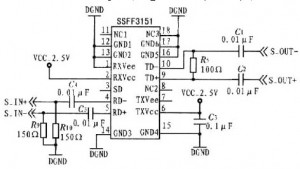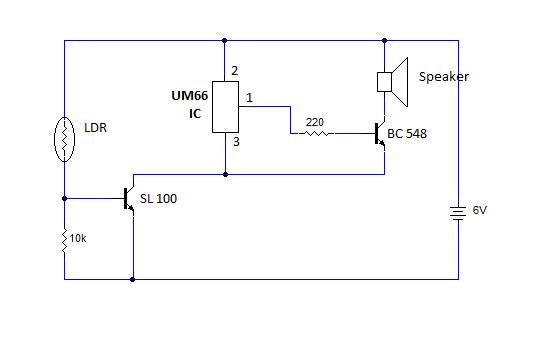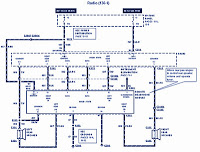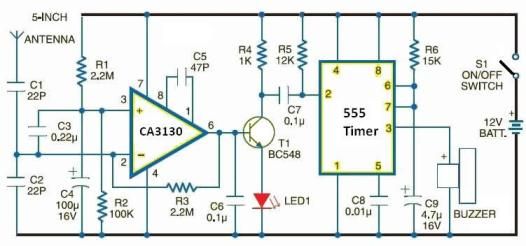
Circuit schematicof 1.25G optical transceivers SSFF315l

An article previously discussed connecting to the Raspberry Pi board from a Linux PC using the serial port. This time, the focus is on how to achieve the same connection using a Windows PC. In this case, a Windows 8 PC is linked to the Raspberry Pi via a USB to RS-232 adapter and the Raspberry Pi RS-232 board. The open-source terminal emulator software Tera Term is utilized to establish a connection to the PC's RS-232 serial port. Once Tera Term is connected to the serial port and the serial port is connected to the Raspberry Pi, boot-up messages will appear in Tera Term when the Raspberry Pi is powered on. After the boot process, access to the Raspberry Pi can be obtained by typing in Tera Term, eliminating the need for a keyboard or screen to be connected to the Raspberry Pi. The only connections required for the Raspberry Pi are the serial adapter and the power cable.
To connect a Windows 8 PC to a Raspberry Pi using a USB to RS-232 adapter, the setup requires a few essential components: a Raspberry Pi board, a USB to RS-232 adapter, a Windows 8 PC, and the Tera Term terminal emulator software. The USB to RS-232 adapter serves as the bridge between the PC's USB port and the Raspberry Pi's serial communication interface.
The connection process begins with installing the necessary drivers for the USB to RS-232 adapter on the Windows PC. Once the drivers are installed, the adapter is connected to an available USB port on the PC. The RS-232 end of the adapter is then connected to the Raspberry Pi's RS-232 board, ensuring that the connections are secure.
Next, Tera Term must be downloaded and installed on the Windows PC. Upon launching Tera Term, the user selects the appropriate serial port that corresponds to the RS-232 adapter. The default settings for the serial connection typically include a baud rate of 115200, 8 data bits, no parity, 1 stop bit, and no flow control. These settings must be confirmed to ensure proper communication between the PC and the Raspberry Pi.
Once Tera Term is configured and the Raspberry Pi is powered on, the boot-up messages will be displayed in the Tera Term window. This output confirms that the serial connection is functioning correctly. After the boot process is complete, the user can log into the Raspberry Pi by entering the appropriate credentials directly into the Tera Term interface. This method allows for remote access to the Raspberry Pi without the need for a physical keyboard or monitor connected to the device, streamlining the setup for headless operation.
In summary, this connection method provides an efficient way to interface with the Raspberry Pi using a Windows PC, utilizing standard serial communication protocols and open-source software to facilitate the interaction.Previously, an article was posted on how to connect to the Raspberry PI board from a Linux PC using the serial port. We now look at how to do the same thing using a Windows PC. In this article, a Windows 8 PC is connected to the Raspberry PI through a USB to RS-232 adapter and Raspberry PI RS-232 board.
The open-source terminal emulator softwar e Tera Term is then used to connect to the PC`s RS-232 serial port. Once Tera Term is connected to the serial port and the serial port plugged into the Raspberry PI, when the Raspberry PI is powered up, the boot-up messages will be seen in Tera Term. After booting, the Raspberry PI can be logged into by typing in Tera Term ” no keyboard or screen needs to be plugged into the Raspberry PI.
The only thing plugged into the RPI is the serial adapter and power cable. 🔗 External reference
To connect a Windows 8 PC to a Raspberry Pi using a USB to RS-232 adapter, the setup requires a few essential components: a Raspberry Pi board, a USB to RS-232 adapter, a Windows 8 PC, and the Tera Term terminal emulator software. The USB to RS-232 adapter serves as the bridge between the PC's USB port and the Raspberry Pi's serial communication interface.
The connection process begins with installing the necessary drivers for the USB to RS-232 adapter on the Windows PC. Once the drivers are installed, the adapter is connected to an available USB port on the PC. The RS-232 end of the adapter is then connected to the Raspberry Pi's RS-232 board, ensuring that the connections are secure.
Next, Tera Term must be downloaded and installed on the Windows PC. Upon launching Tera Term, the user selects the appropriate serial port that corresponds to the RS-232 adapter. The default settings for the serial connection typically include a baud rate of 115200, 8 data bits, no parity, 1 stop bit, and no flow control. These settings must be confirmed to ensure proper communication between the PC and the Raspberry Pi.
Once Tera Term is configured and the Raspberry Pi is powered on, the boot-up messages will be displayed in the Tera Term window. This output confirms that the serial connection is functioning correctly. After the boot process is complete, the user can log into the Raspberry Pi by entering the appropriate credentials directly into the Tera Term interface. This method allows for remote access to the Raspberry Pi without the need for a physical keyboard or monitor connected to the device, streamlining the setup for headless operation.
In summary, this connection method provides an efficient way to interface with the Raspberry Pi using a Windows PC, utilizing standard serial communication protocols and open-source software to facilitate the interaction.Previously, an article was posted on how to connect to the Raspberry PI board from a Linux PC using the serial port. We now look at how to do the same thing using a Windows PC. In this article, a Windows 8 PC is connected to the Raspberry PI through a USB to RS-232 adapter and Raspberry PI RS-232 board.
The open-source terminal emulator softwar e Tera Term is then used to connect to the PC`s RS-232 serial port. Once Tera Term is connected to the serial port and the serial port plugged into the Raspberry PI, when the Raspberry PI is powered up, the boot-up messages will be seen in Tera Term. After booting, the Raspberry PI can be logged into by typing in Tera Term ” no keyboard or screen needs to be plugged into the Raspberry PI.
The only thing plugged into the RPI is the serial adapter and power cable. 🔗 External reference





